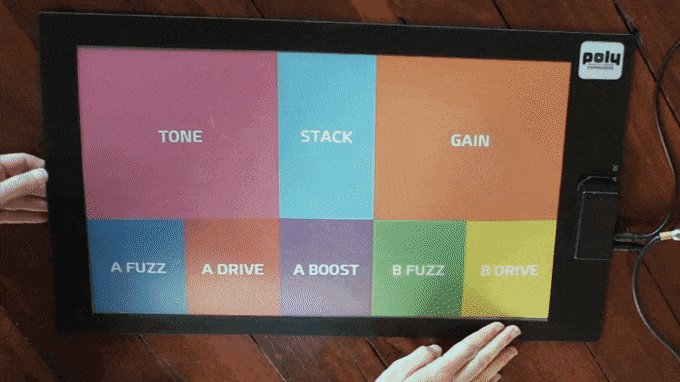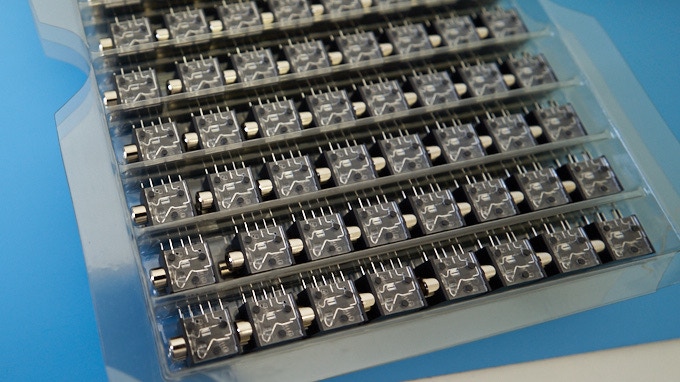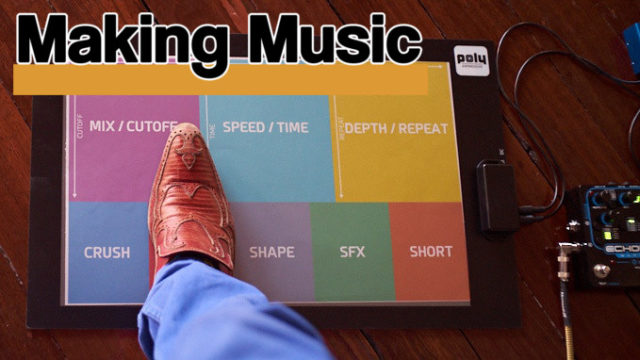Last Updated on December 8, 2017 by Gareth Patch
Poly Expressive – Why now?
Whatever you think about MIDI instrumentation, there is no doubting that the actual instrument protocol conceived at the beginning of the 1980s changed music technology for the better. Introduced as a way to get equipment from different companies to communicate directly with one another was ground breaking and was taken up almost universally by electronic instrument manufacturers, the majority of which all had a say in the final development of the standard.
It goes some way to appreciate how watertight this original protocol was when MIDI Specification version 1 was published in 1983, by learning that even now, some 35 years later, we are using…wait for it…version 1 still. That’s correct, there has been no revision, no updates, not even MIDI v1.1. A lowly synth built with MIDI capabilities in 1983 will still work with MIDI messages pumped out by your 2017 laptop running (insert DAW name here) version eleventy-point-7.
Because of this standard, instruments, controllers and component parts have continually developed to help us make music easier and more productively. However, almost all equipment has one defining factor – we still interface with them using our hands. Not too tricky if you just want to play a piano sound from a MIDI keyboard but what about if you want to play a synth and change the speed of the LFO? You’ve guessed it – you lose a hands-worth of notes to do it. But what about foot controllers and expression pedals I hear you cry. Well, yes these do exist but are generally tied into the manipulation of one parameter at a time.
Enter the “Poly Expressive.”
Any Kickstarter campaign dealing with music technology always catches my eye and this one is a doozie. It’s essentially a pressure-sensitive X/Y foot controller, but you can dictate the number of control zones it has and what each one does. An editor is used to program the board and you then print out the control surface on paper and slide it into the unit. Neat huh?


It outputs MIDI CC, program change, note on/off, aftertouch and pitchbend. The developer, Chroma Coda, conceived the idea to be used as a guitar effects controller but, because of that all-important MIDI protocol, it can be used for anything using the standard.
A major selling point (apart from the obvious) is that, as the user defines the controls it can be used for a number of different set ups, taking in guitar effects, synthesizers, DAW control and basically anything that understands MIDI. Change your set up? Just reprogram. In an age of digital obsolescence, you could argue that this is future proof and this is no mean feat. I could even see this being used to make music creation more accessible to people with physical disabilities, who are usually impeded from using a standard set of controls with their hands, which would be great.


Interview
Making Music caught up with the creator of the Poly Expressive and asked him about his ideas and goals.
MM: So in a nutshell, what is the Poly Expressive? What’s your elevator pitch for this project?
CC: Poly Expressive is different kind of MIDI foot controller, perfect for adding depth and expression to any live performance where effects, pedals, plugins or DAWs need to be controlled. Forget drawing in automation, shape your sound expressively while playing with the multi-dimensional control that Poly Expressive offers. The key goal of Poly Expressive is to allow you more expressive control over your sound while keeping your hands on your instrument.
MM: That sounds interesting. When did the idea occur to you? Was it born of frustration of just not finding the type of control you wanted? Were you inspired or did you problem solve to develop this invention?
CC: I’ve been designing intuitive synths for more than a decade but this idea came to me when I was playing my bass through a lot of effects to sound like a synth because I was playing with a synth player. I was changing sounds and launching clips by taking my right hand off the bass after playing a long note and it was hard. I tried a few traditional floor controllers and they were just for switching on and off or had one expression pedal. I had no way to change multiple controls at once and lay them out as I wanted. Everything was fixed size too.
I looked around and thought, “why hasn’t someone solved this problem, they must have…” looked more and couldn’t find any product that did it well and then thought, guess I’ll have to just build one.
MM: We know that your Kickstarter campaign is very young at the moment, but where would you like to see it go? Obviously we would all love to see the product become a reality, but has the campaign thrown up any curveballs or surprises?
CC: I think the main goal is of course to see it become a reality but also to find out what gear we should focus on testing with / supporting first. Anything that can be controlled over MIDI can be used with Poly Expressive but I want to make sure it’s really easy to set up any gear and that there is a nice default board to give people a starting point with Poly Expressive and their gear.
The main surprise so far is the level of interest in Japan given we haven’t got any press coverage there yet. Hopefully some Japanese press will get on it too. As you said, it’s pretty early so maybe the big surprises are still to come.

















